The Seaway is more than ships passing through the Thousand Islands. It is a powerful economic engine for 110 ports in eight US States and two Canadian Provinces.
Over the course of the summer I must have seen a thousand pictures of ships sailing through the Thousand Islands. They have appeared all over the internet. And beyond.
Jet skis following them. Ships under the 1000 Islands and Ogdensburg bridges. Ships passing Boldt and Singer castles. Ships with Calumet Island in the background. Ships under rainbows. Ships at night. It seems as if ships capture the attention of cellphone cameras 24/7. Visitors and river rats alike cannot resist posting their pictures; and that’s okay. Everyone is excited to see ‘our’ ships up-close.
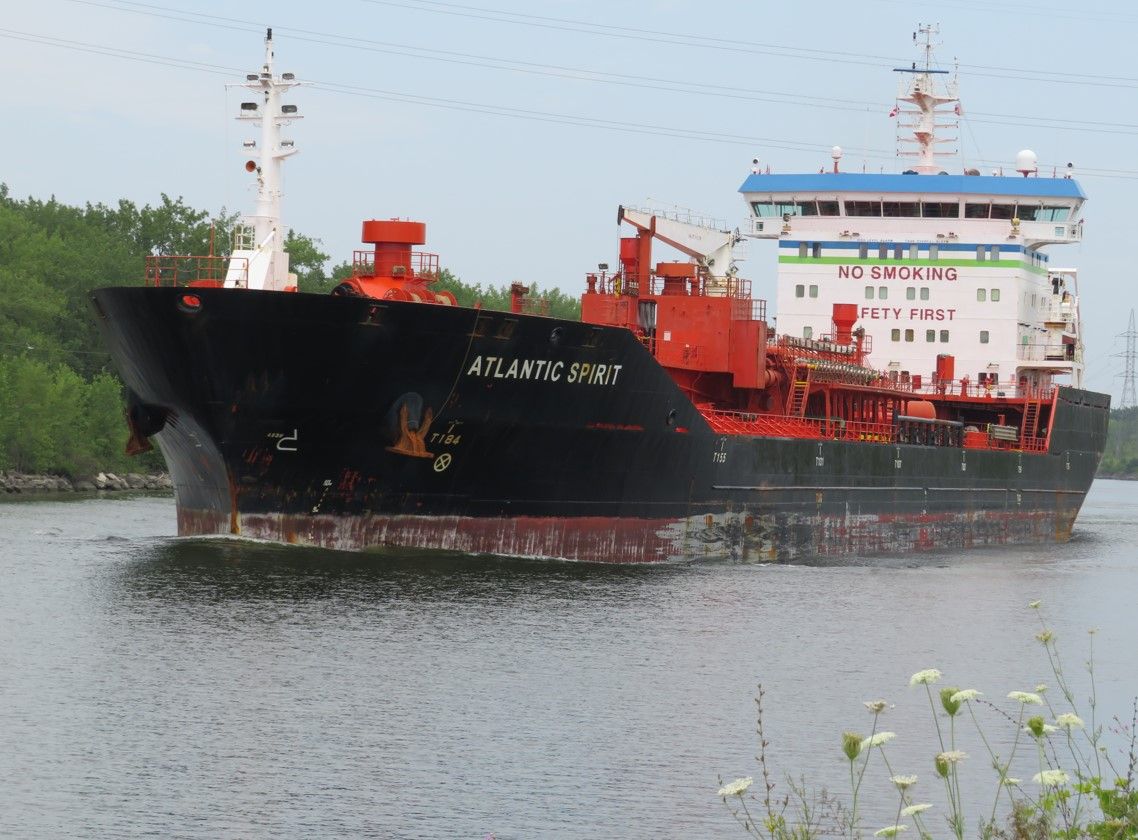
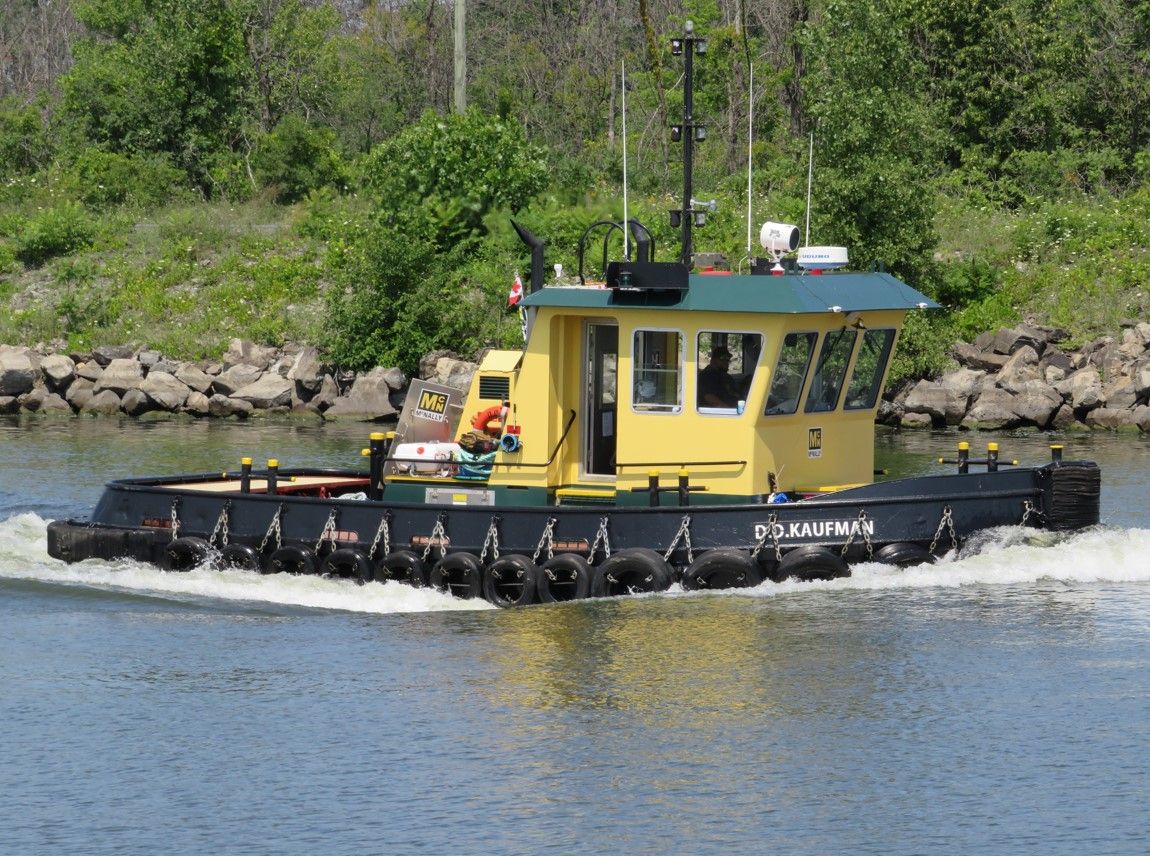
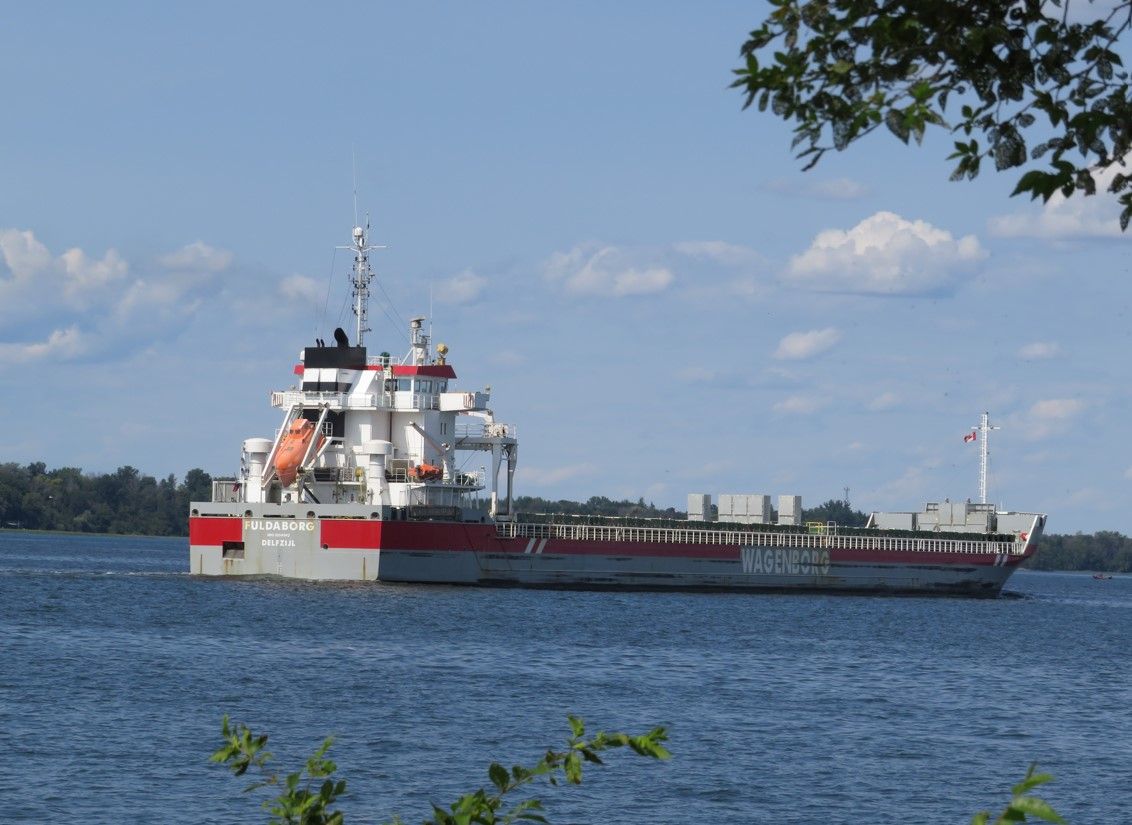
But…there is a lot more to the pretty ships in the 1000 Islands. While a few may be ‘show horses’, among them, most are ‘workhorses.’ The Great Lakes-St. Lawrence Seaway system consists of 110 ports in eight U.S. states and two Canadian provinces, which oversee the transport of goods for agriculture, manufacturing, and everyday life in the US and Canada.
I learned that quickly when I took a one year (54 weeks, actually) leave of absence from Capitol Hill a half century ago (wow, time flies. and at 78 I realize that every day!) I traveled throughout the Great Lakes as Director of Communications/Special Assistant to the then-US Seaway administrator, Dave Oberlin, himself a former port director. The Seaway’s economic impact was as consequential then and perhaps even more so today.
US and Canada unveil Great Lakes shipping study
“US Transportation Secretary Pete Buttigieg joined Canadian Minister Omar Alghabra and leaders from the maritime shipping industry last month in announcing a new economic study that underscores the significance of the Great Lakes-St. Lawrence Seaway system in North American supply chain efficiency,” it was reported by Lily Guiney of Michigan Advance.
“The announcement event, hosted by the Great Lakes St. Lawrence Seaway Development Corporation and its Canadian counterpart, the Seaway Management Corporation, featured analysis of statistics relating to cargo shipping, job creation and binational collaboration to exhibit the role of the Seaway in both American and Canadian commerce.
“ The study, conducted by the economic transport firm Martin Associates, reported that cargo moved on the Great Lakes St. Lawrence Seaway System in 2022 totaled 135.7 million metric tons valued at U.S. $26.1 billion, supporting 241,286 U.S. and Canadian jobs, and generating $36 billion in economic activity.”
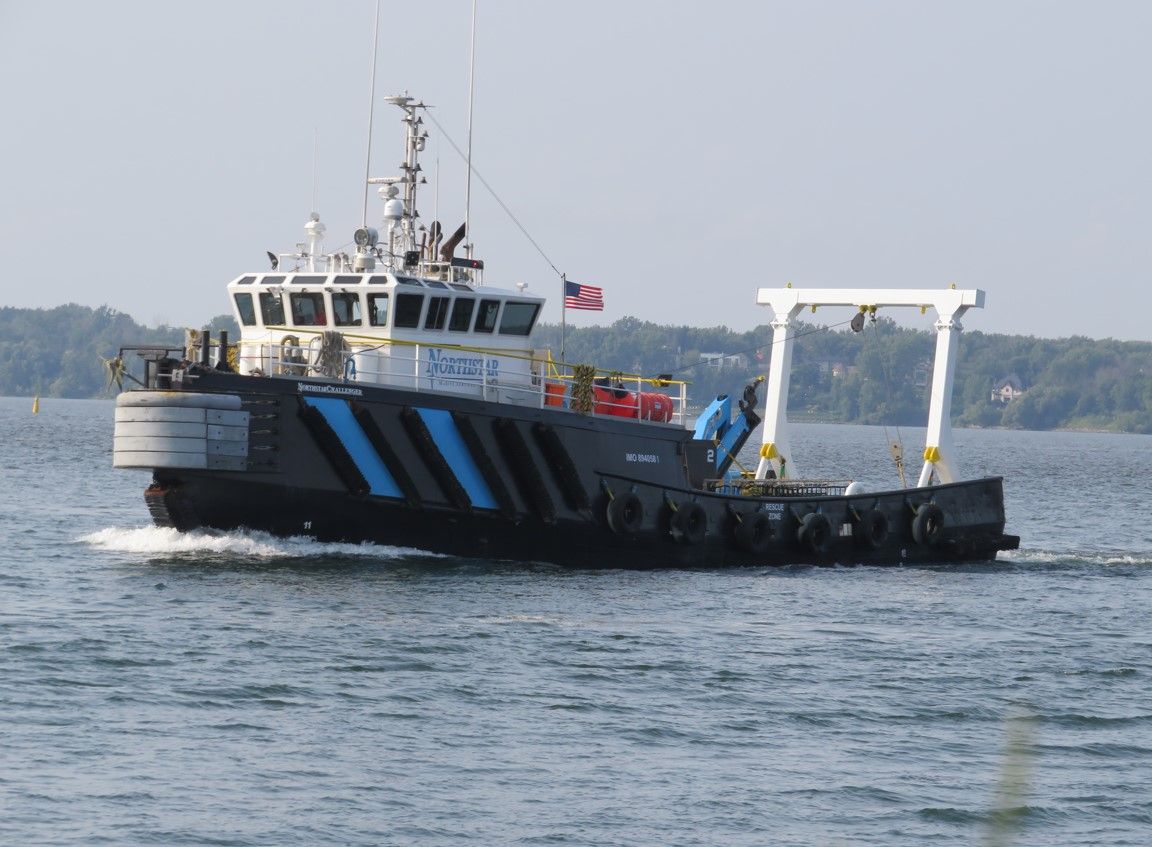
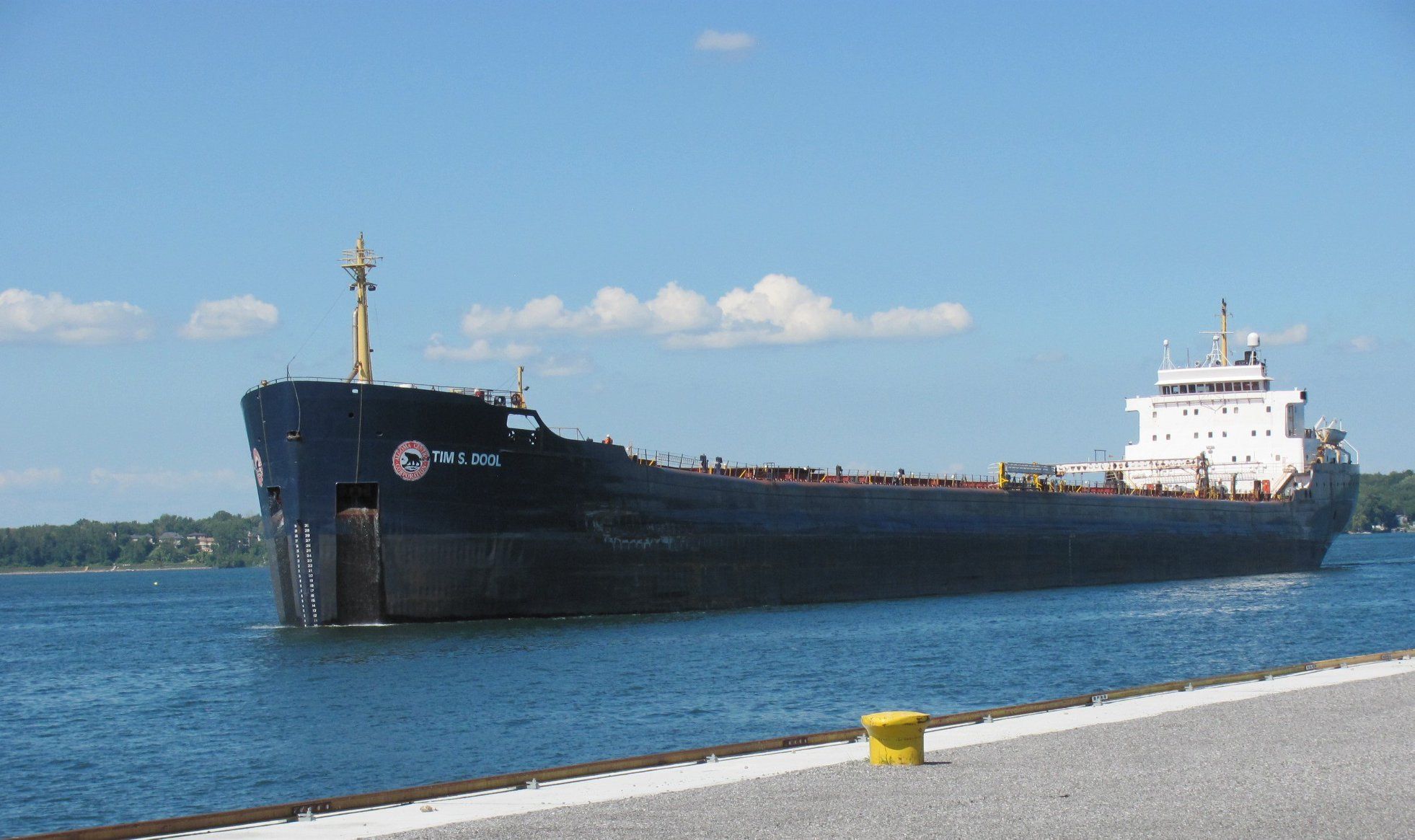
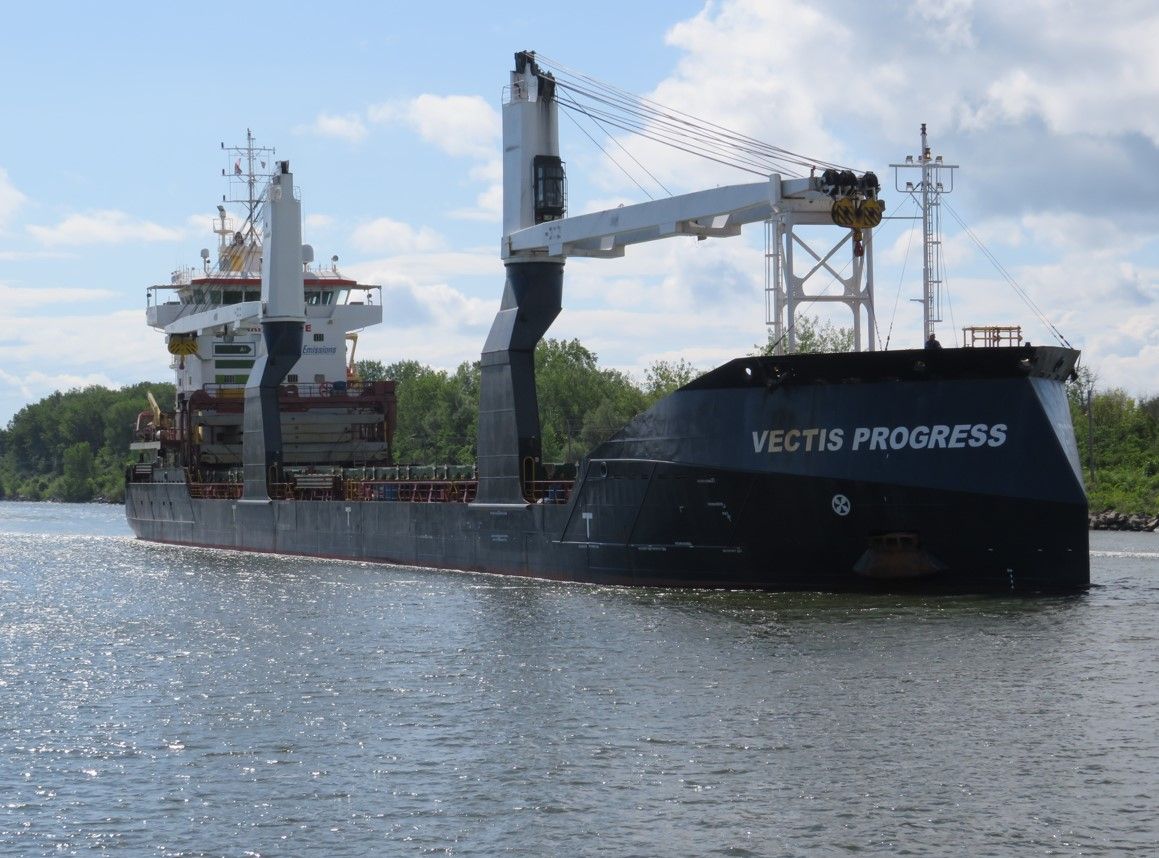
Buttigieg said that those metrics of a successful maritime shipping industry in the Great Lakes have an impact that extends far beyond the region itself. He added “If the Great Lakes region were to be its own economy it would be the third largest in the world, behind only China and the United States itself …and if you live or work in the Great Lakes region, you already know how vital this region is to our economy. But even if you live nowhere near the Great Lakes, as far away as Texas or California or Florida, what we’re discussing . . . has a great deal of relevance to . . . our everyday life.
“When people across America are going shopping for groceries, filling up their car or picking up a package on their doorstep at home, there’s a very good chance that those are products that have moved along the Great Lakes and St. Lawrence Seaway,” Buttigieg added.
The Seaway system, which begins in Montreal and extends to Duluth, Minn., on Lake Superior’s westernmost end, pays roughly $17.8 billion in wages to its workers, according to the study.
The impact of a binational shipping route like the Seaway system has tethered the U.S. and Canada in what Alghabra described as a mutually beneficial relationship that allowed both countries to innovate through the challenges posed by the COVID-19 pandemic and the subsequent economic recovery. “No two countries depend more on each other for their mutual prosperity and security than Canada and the US,” Alghabra said. “The economic significance of the Great Lakes and St. Lawrence Seaway system to both our countries cannot be overstated.”
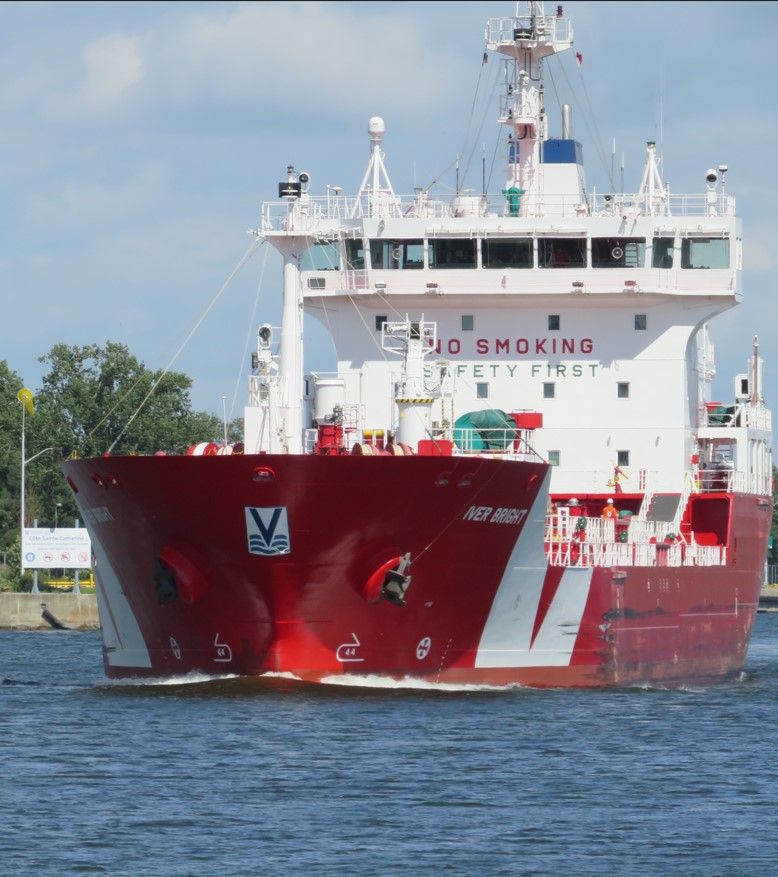
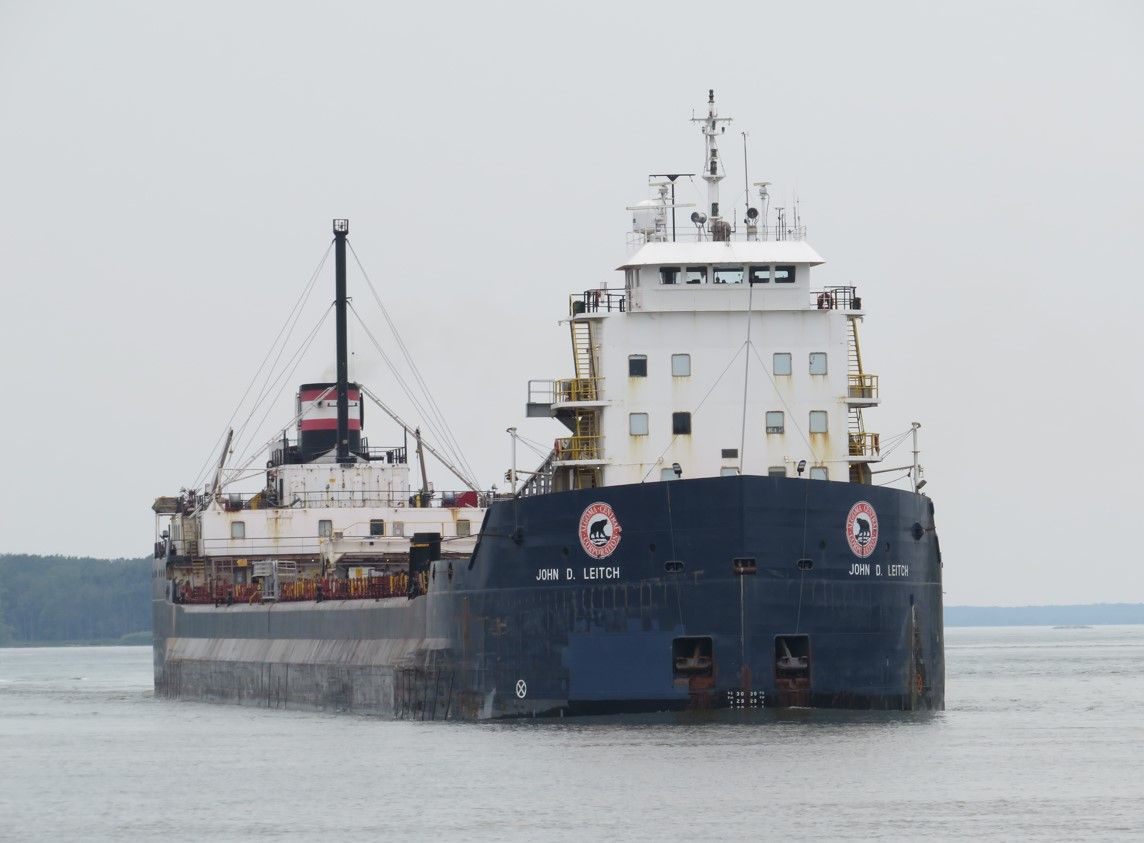
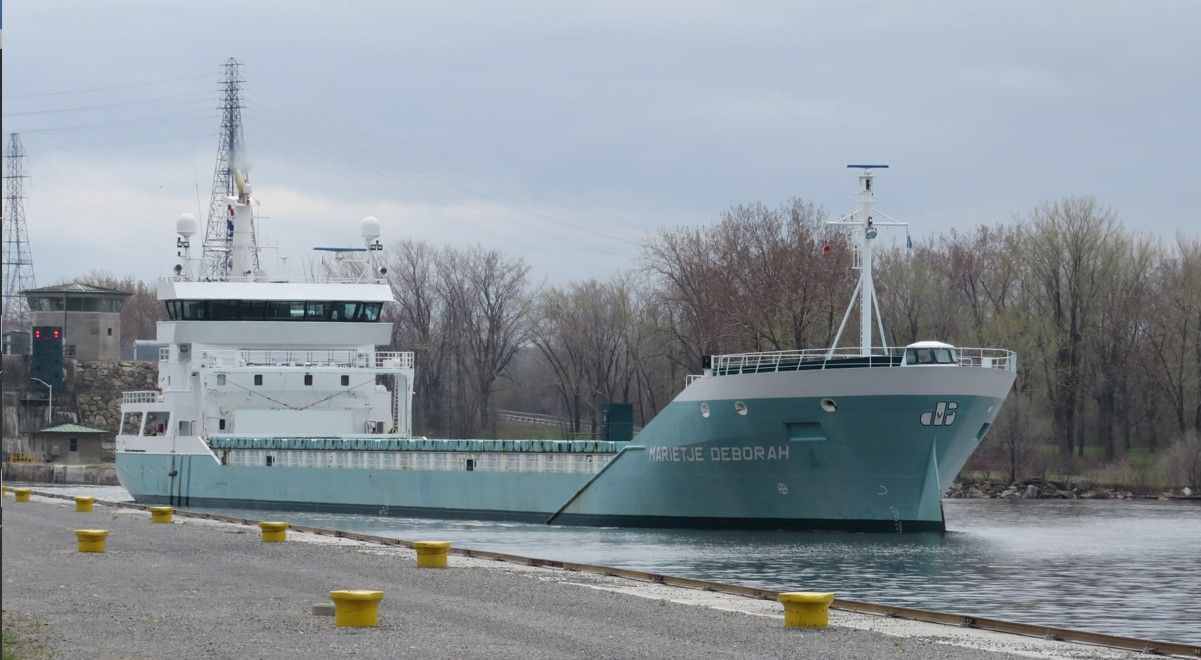
While the study focuses on economic impacts of the Seaway system, Buttigieg and Alghabra said that prioritizing shipping over water can have positive environmental outcomes, as well. “Every ton that moves on our waterways is moving with less pollution than other modes of shipping, something we’re paying more and more attention to and bearing in mind as we see deadly floods in the Northeast, record-breaking heat in the American West, and wildfires across Canada,” Buttigieg said.
Alghabra noted that recentt discussions among transportation leaders at the June G7 summit in Japan made it apparent that prioritizing sustainability within maritime shipping would be crucial
to keep the Seaway functional while maintaining the health of the Great Lakes watershed. “We have jointly announced our commitment to helping establish a green shipping corridors network in the Great Lakes St. Lawrence Seaway system,” Alghabra said. “This initiative underscores our shared goal of reducing pollution and promoting sustainable practices along the Seaway and in the marine shipping sector.”
Initiatives like green shipping corridors and improvements to Great Lakes ports have been bolstered by President Joe Biden’s bipartisan Infrastructure law, which Buttigieg said has already granted millions of dollars towards updating lock systems, shipyards, and functionality of maritime travel. “The report’s conclusion is very clear,” Buttigieg added.
“Maritime commerce on the Great Lakes and St. Lawrence Seaway remains essential to the economy of the United States and Canada.”
The English language version of the study can be accessed at https://greatlakes-seaway.com/wp-content/uploads/2023/07/eco_impact_full_2023_en.pdf
<>
Cary Brick, a frequent contributor to Thousand Islands Life who has lifelong family ties to the St. Lawrence, served for 30 years on the staff of the US Congress in Washington, first as Executive Assistant to Rep. Robert McEwen and Chief of Staff to his successors, Reps. David Martin, and John McHugh. In retirement he served as Associate Village Justice in Clayton; his wife, Janet, served as Clayton’s Town and Village Justice.
Posted in: 'Volume 18, Issue 8, August 2023, Essay, Places
Please click here if you are unable to post your comment.
